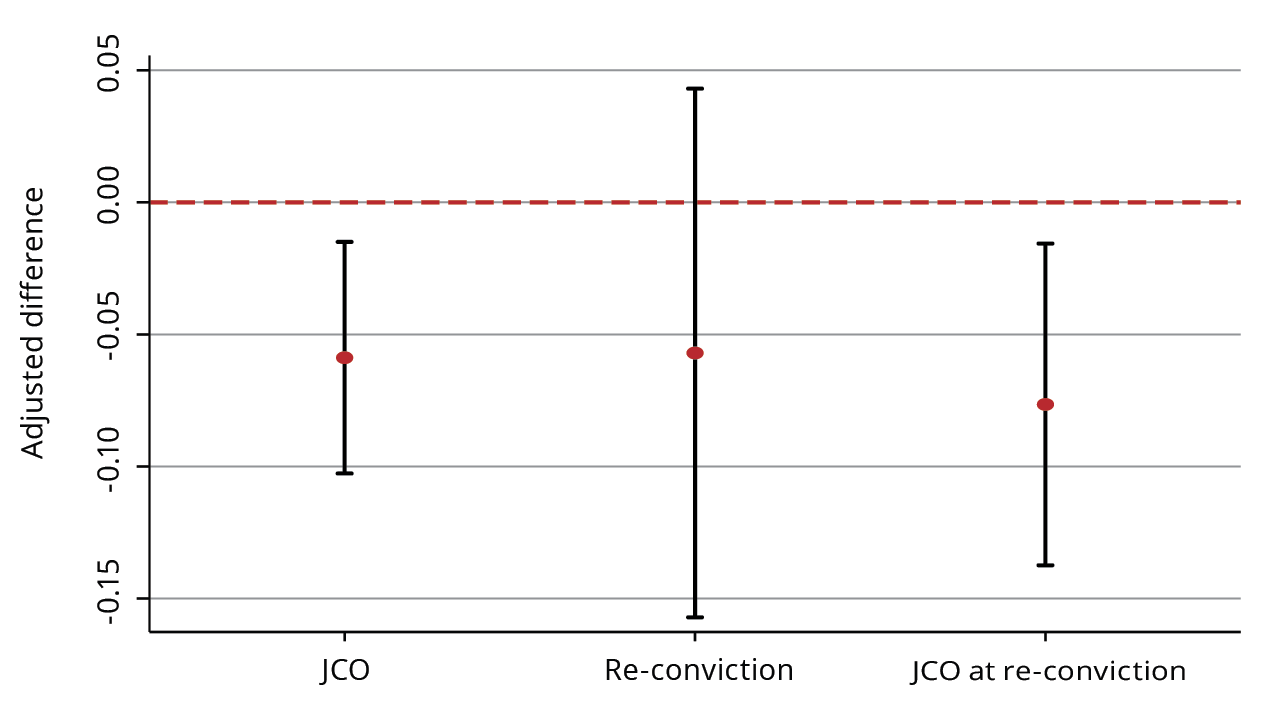Summary
Background
The Youth Koori Court (YKC) is an alternative case management process for Aboriginal and Torres Strait Islander young people charged with a criminal offence(s). It has been available to eligible offenders appearing in Parramatta Children’s Court (CC) since February 2015 and Surry Hills CC since February 2019.
The YKC differs from the standard court process in several ways:
- Sentencing is deferred for up to 12 months after the young person has indicated that they are willing to plead guilty or had the offence proven after hearing;
- An Action and Support plan is developed and implemented to address the young person’s underlying risk factors for offending, which is supported by a caseworker and nominated Aboriginal and Torres Strait Islander Elders or Respected Persons, and;
- Participation in the Youth Koori Court process is taken into account by the court when sentencing the young person for their index offence.
As of January 2021, 151 Aboriginal young people had been referred to the YKC. We examined the sentencing and re-offending outcomes for these young people, compared to 2,883 young people who met the observable eligibility criteria but had their matter finalised in NSW CCs where YKC was not available. We did this in two ways
- Using a linear probability regression model to adjust for differences between the groups on a range of covariates including demographics, index appearance details, and criminal history; and
- Using a difference-in-differences model to estimate the change in outcomes before and after the establishment of the YKC at Parramatta CC.
Key findings
Our main estimates identify that YKC participants were:
- 5.9 percentage points less likely to be sentenced to a Juvenile Control Order (JCO);
- 7.6 percentage points less likely to be sentenced to a JCO at re-conviction within 12 months of index court finalisation (if they were not sentenced to a JCO at index finalisation).
Conclusion
The findings suggest an association between participation in the YKC and reduced risk of imprisonment, without any adverse impact on re-offending rates. However, the research design was unable to entirely rule out selection effects.
